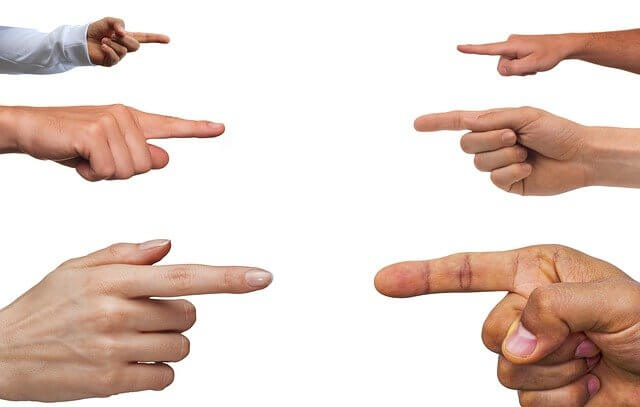William F. Ogburn, in his famous publication Social Change has formulated the hypothesis of cultural lag. He explains that changes in material culture stimulate changes in non-material culture. The non-material culture is often slow to respond. Thus, it creates a gap between material and non-material culture, known as ‘cultural lag’.
The term Cultural Lag also refers to the notion that culture takes time to catch up with technological innovations that resulting in social problems caused due to this lag.
In other words, cultural lag occurs whenever there is an unequal rate of change between different parts of a culture causing a gap between material and non-material culture.
If you do not know the difference between material and non-material culture, read the types of culture.
Examples of Cultural Lag
Let’s understand the gap between the material and non-material culture with examples.
A car is an item of material culture, but it carries with it non-material norms of driving skills, traffic rules, and ethics of road behavior. Easy to understand now, the traffic chaos in Pakistan is an example/symptom of its lagging non-material culture. Thus, traffic problems are resulting due to this cultural lag in Pakistan.
Similarly, the development in the field of the industry requires corresponding changes in the system of education. The failure of education to cater to the needs of modern industrial development leads to the cultural lag causing multiple issues.
In times of rapid cultural change, the balance between material and non-material aspects of cultures breaks down. In Pakistan (as we have somehow discussed above), its non-material culture is not only lagging but is almost stagnant due to the traditionally held religious views and beliefs, while its material culture is modernizing.
The result is that the values and norms that we espouse offer little guidance for the behaviors necessitated by our material and urban ways of living. We are in a constant state of moral conflict.
With a material culture like the internet/social media, we are considering it a threat to Islamic values in multiple ways.
Similarly, in rural areas, girls are not allowed to learn to drive or drive a car considering it prohibited (haram).
Likewise, when cable was introduced in our society, people were not accepting it. They considered it against their social values in Pakistan.
Cultural lag is a failure of a society to keep pace with scientific and modern advancement.
Thus, there always existed a cultural lag in Pakistan when non-material culture failed to keep pace with the advancing material culture.
How to overcome Cultural Lag or Fill the Gap between Material and Non-material Culture?
As sociologists, we would try to fix the gap with the help of institutions of socialization. One way of doing this is by using educational institutions to launch awareness campaigns or hosting technical seminars/workshops/festivals in order to sensitize the youth to the new material and cultural addition.
Another social institution that can be used is ‘media’. Media is a powerful institution that can shape our values and beliefs. Hence media can play role in bridging the gap between material and non-material culture.
Lastly, sociologists can advise the country’s policymakers. Government help and policies can definitely go a long way in fixing cultural lag in society. The policies would be an external form of sanctions that is also an important tool of social control.







[…] READ What is CULTURAL LAG and How to Fix it […]
Your idea enlightened me it really heps me for my report but could you give us an example that about cultural lag that we encountered everyday?
Thanks sir ,if there is any other source to read your ideas .your ideas are valuable ❤️🙂